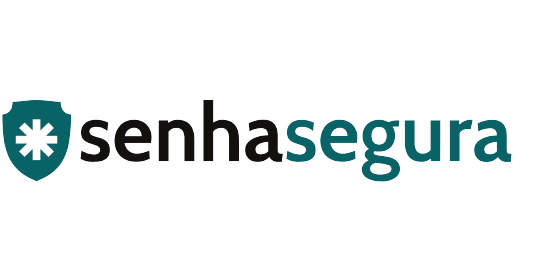
Nowadays, cyber-attacks have become increasingly common and hit more and more companies, of all verticals and sizes. According to the SonicWall 2022 Cyber Threat report, the number of cyberattacks involving data encryption increased by 167% in 2021, reaching 10.4 million attacks. And they weren’t the only ones: Intrusion attempts increased by 11% and IoT malware was up 6% in 2021 compared to 2020.
And the cost of these attacks also follows this trend: according to IBM in its Cost of a Data Breach 2021 report, the average cost of a data breach was USD 4.24 million, up almost 10% compared to 2020. It’s worth remembering that privileged users are a major attack vector used by cybercriminals: according to Verizon Data Breach Investigation Report 2022, more than 40% of data breaches involved exploiting stolen high-privilege credentials.
And it’s no wonder that privileged credentials are also called keys to the kingdom. After all, these credentials allow access to critical information and to modify settings in the environment. If compromised, they can cause significant damage to the organization, including affecting business continuity. For this, it is important for security leaders to implement processes, train people, and acquire tools to properly manage privileged access. This is called Privileged Access Management, or PAM. According to Gartner, by 2022, 70% of organizations will implement PAM practices for all their use cases, a 40% increase from 2020.
Implementing PAM allows organizations to effectively monitor their environment, as well as pinpoint who had access to which assets connected to the infrastructure. In this way, it is possible to protect the organization against threats – both internal and external – in addition to preventing malicious actors from gaining access to sensitive data through high-privilege accounts and enabling compliance with the latest cybersecurity regulations, including security protection laws. data such as LGPD, GDPR and CCPA. However, according to Gartner, mitigating risks associated with privileged access is virtually impossible without PAM solutions. These risks include, for example, the lack of visibility of assets, as well as the traceability of actions performed through privileged credentials. It is worth remembering that Gartner elected PAM as the number 1 project in security for two years in a row.
To ensure maximum protection, we at senhasegura have developed an approach that covers the entire life cycle of privileged access, including the actions carried out before, during, and after the realization of privileged access. These actions range from discovering privileged credentials in the environment and provisioning them to verifying actions performed in the environment. In this article, however, we will focus on the “during” step, and explain in more depth the actions performed during privileged access.
These actions are primarily related to what the user performs while performing privileged access, after provisioning and granting access to the user. A PAM solution in this case allows administrators to define which users (or group of users) will be allowed to access a credential to perform access to a device, system or application. During this access, it must be possible to record all activities carried out through privileged credentials. This means that administrators must be able to see what actions are being performed on the systems and devices managed by the PAM solution, in addition to video recording and logging all remote sessions performed on these devices. This ensures that all actions taken can be tracked and audited later, thus allowing you to detect the causes of a cyber incident, or meet audit requirements.
In this case, the PAM solution must also be able to detect, respond and send alerts about any suspicious activity carried out through privileged credentials, based on their usage profiles. In this way it is possible for the security team to discover and prevent an ongoing cyber attack.
In addition to privileged credentials, a PAM solution also allows for the management and protection of SSH keys, digital certificates and secrets in DevOps environments, enabling the implementation of DevSecOps. According to Gartner, by 2021, DevSecOps practices (i.e., the adoption of Security practices in Development and Operations processes) will be adopted by 60% of agile development teams, against 20% in 2019.
We have seen that the implementation of proper Privileged Access Management is impossible without specialized PAM tools. The tool chosen by the organization must consider all aspects of the privileged access lifecycle: from provisioning access to verifying all actions performed in the environment. In this way, it is possible for Information Security teams to adequately protect the “keys to the kingdom” against the actions of malicious agents, including internal threats. In times of data protection legislation such as GDPR, LGPD and CCPA, ensuring compliance with these regulations is more than reducing cyber risks, it is ensuring business continuity.
About Version 2
Version 2 is one of the most dynamic IT companies in Asia. The company develops and distributes IT products for Internet and IP-based networks, including communication systems, Internet software, security, network, and media products. Through an extensive network of channels, point of sales, resellers, and partnership companies, Version 2 offers quality products and services which are highly acclaimed in the market. Its customers cover a wide spectrum which include Global 1000 enterprises, regional listed companies, public utilities, Government, a vast number of successful SMEs, and consumers in various Asian cities.
About Senhasegura
Senhasegura strive to ensure the sovereignty of companies over actions and privileged information. To this end, we work against data theft through traceability of administrator actions on networks, servers, databases and a multitude of devices. In addition, we pursue compliance with auditing requirements and the most demanding standards, including PCI DSS, Sarbanes-Oxley, ISO 27001 and HIPAA.




